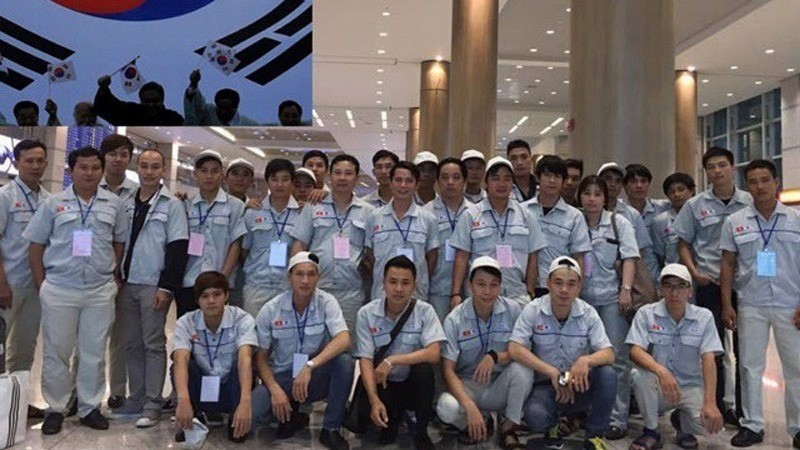
This agency said that regulations on the list of industries and occupations allowed to receive foreign workers, conditions and standards according to the above visa types are published and regularly updated on the official website of the Korean Ministry of Justice at: www.immigration.go.kr. Accordingly, some specific regulations are as follows:
Industries, occupations and types of technical professional visas include:
E-7-1 visa skilled workers: are skilled workers working in specialized industries and occupations; divided into managers and experts in related fields.
E-7-2 visa skilled workers: are skilled workers working in the fields of startups and services.
E-7-3 visa skilled workers: are skilled workers in certain industries and occupations in the manufacturing sector.
E-7-4 visa for skilled workers: for workers working in Korea under E-9 or E-10 visas who pass the professional visa conversion exam, they will be granted E-7-4.
The Department of Overseas Labor Management also provides specific information on recruitment limits and quotas.
For E-7-3 visa workers in the shipbuilding industry, the maximum intake limit is 30% and for small businesses in the shipbuilding industry, the option is to apply the 30% limit or a fixed limit of 5 people and increase by 1 person/2 billion in previous year's revenue.
For E-7-1, E-7-2 and E-7-3 visa workers in all industries and occupations except shipbuilding, Korean enterprises are allowed to recruit foreign workers not exceeding 20% of the total number of Korean employees regularly working at the enterprise (paying unemployment insurance for 3 months or more).
For E-7-3 visa workers in pilot industries and occupations, the Korean Ministry of Justice prescribes annual recruitment quotas for each occupation and admission quotas for businesses in the corresponding industries and occupations.
The Department of Overseas Labor Management provides the above information so that businesses and workers can proactively study relevant regulations. At the same time, carefully study the conditions and selection criteria to negotiate and sign contracts according to the industry codes announced by the Ministry of Justice.
Along with that, refer to the list of industries and occupations allowed to receive foreign workers to prove that sending workers to work is in accordance with Korean law.
At the same time, regularly update to ensure that Vietnamese workers working in Korea comply with Korean law.
Also according to the Overseas Labor Management Department, on July 10, 2025, the Korean Minimum Wage Commission announced the minimum wage in 2026 is 10,320 won/hour, an increase of 290 won/hour, equivalent to 2.9% compared to the current wage of 10,030 won/hour.
Thus, according to the standard working hours of 209 hours/month, the minimum wage in 2026 for workers is equivalent to 2,156,880 won/month.
Enterprises and units need to update this information to ensure the rights of employees during the implementation of labor supply contracts.
In the first 6 months of 2025, the total number of Vietnamese workers working abroad under contracts reached 74,691, including 25,617 female workers. Of which, Korea received more than 5,600 Vietnamese workers.
Source: https://baolaocai.vn/quy-dinh-cua-han-quoc-doi-voi-lao-dong-co-trinh-do-chuyen-mon-ky-thuat-post878548.html





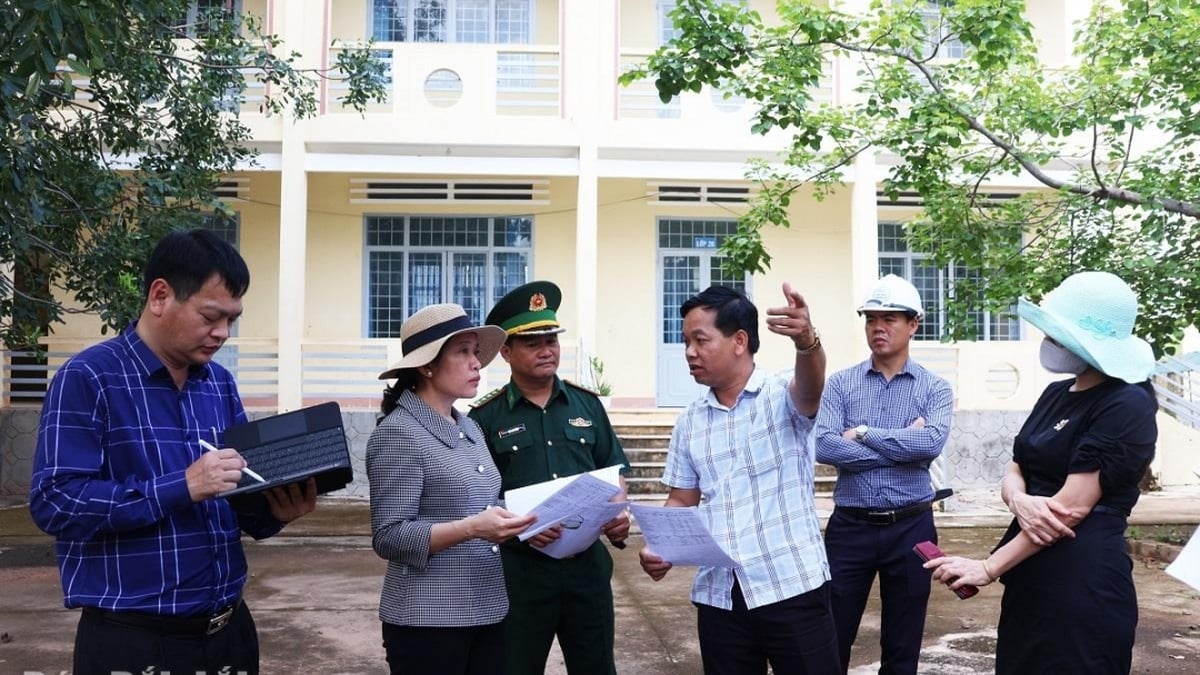
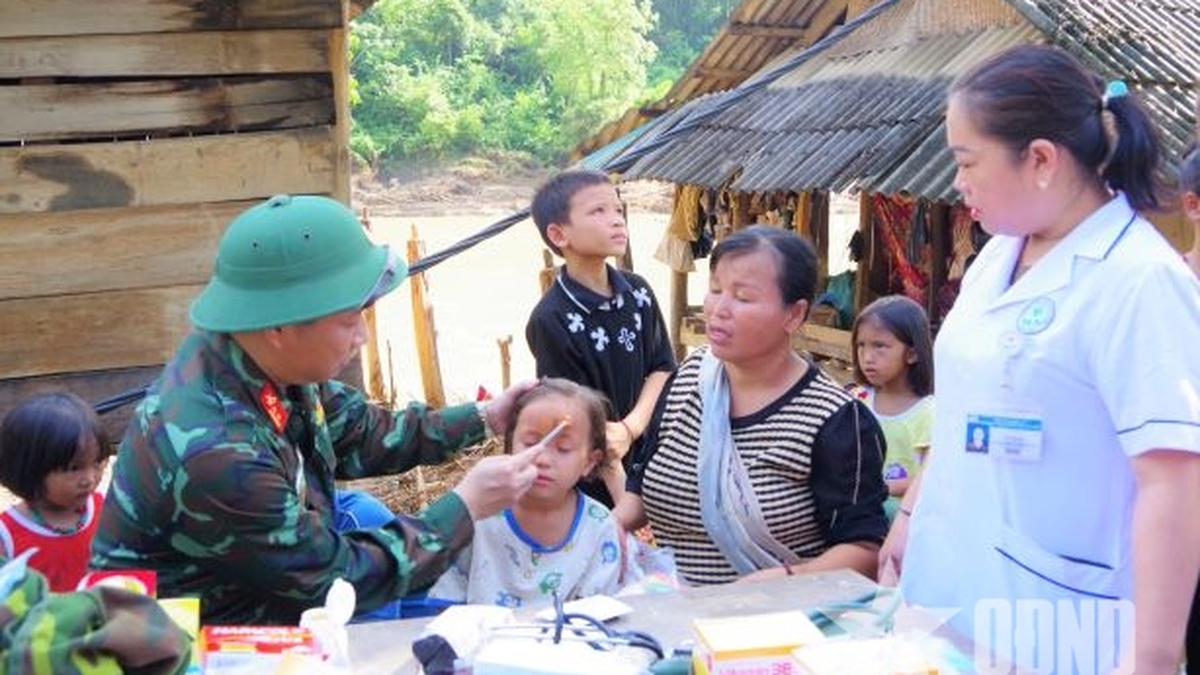


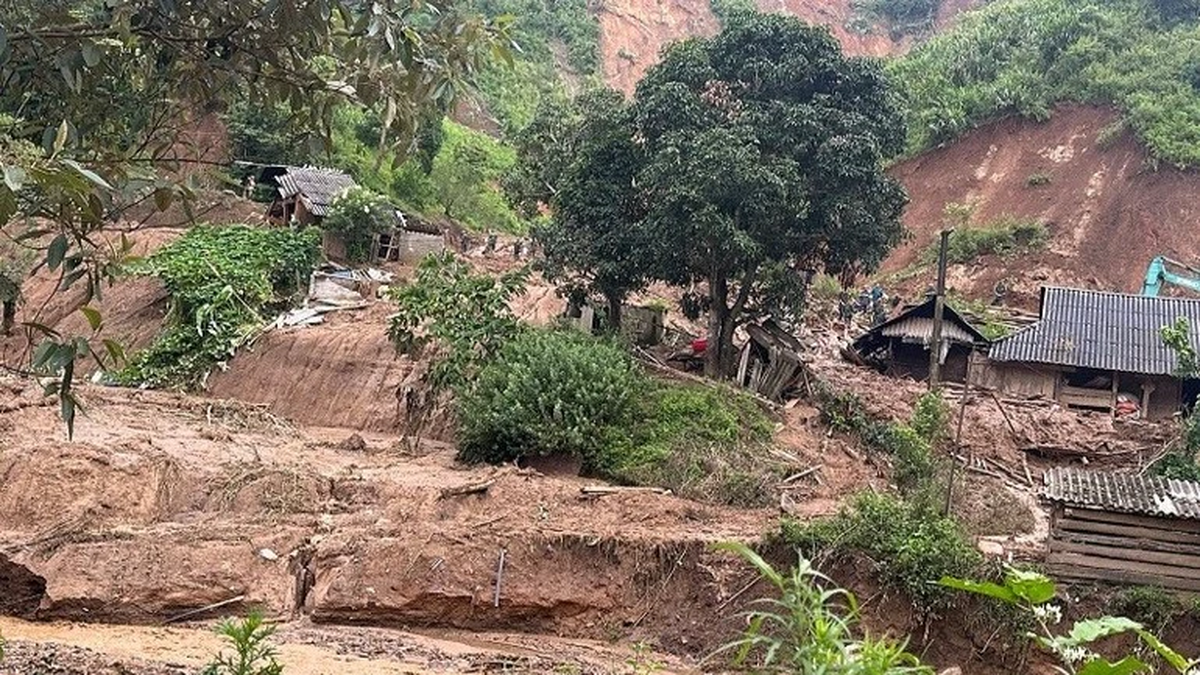
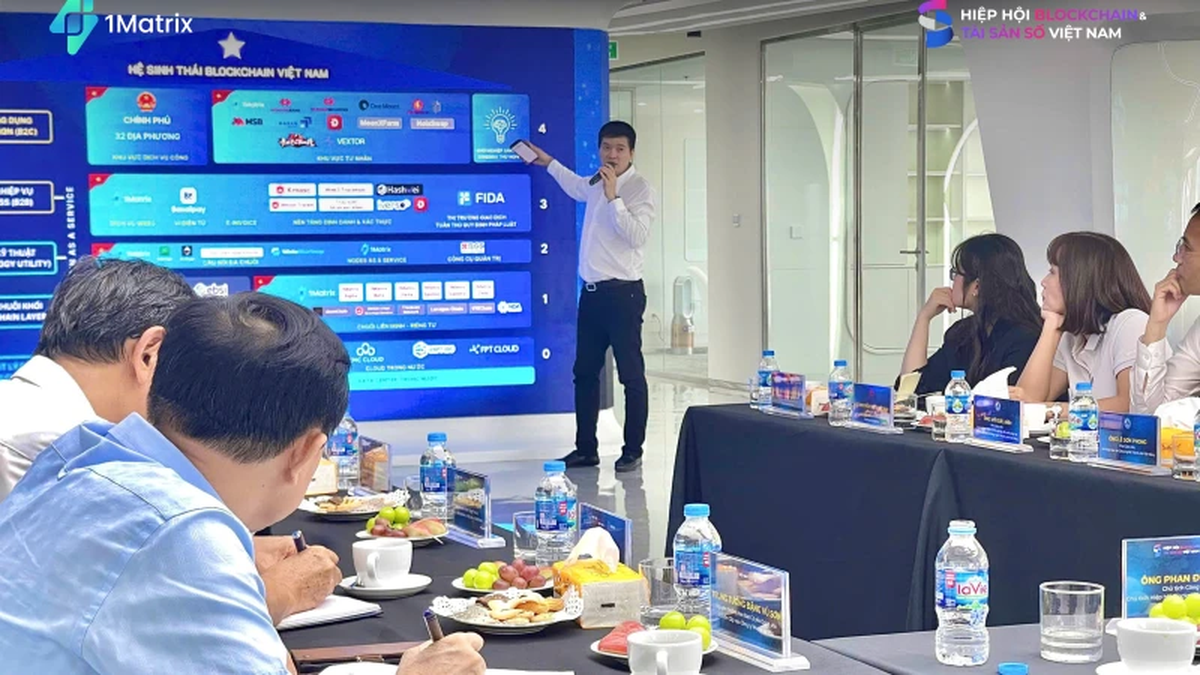
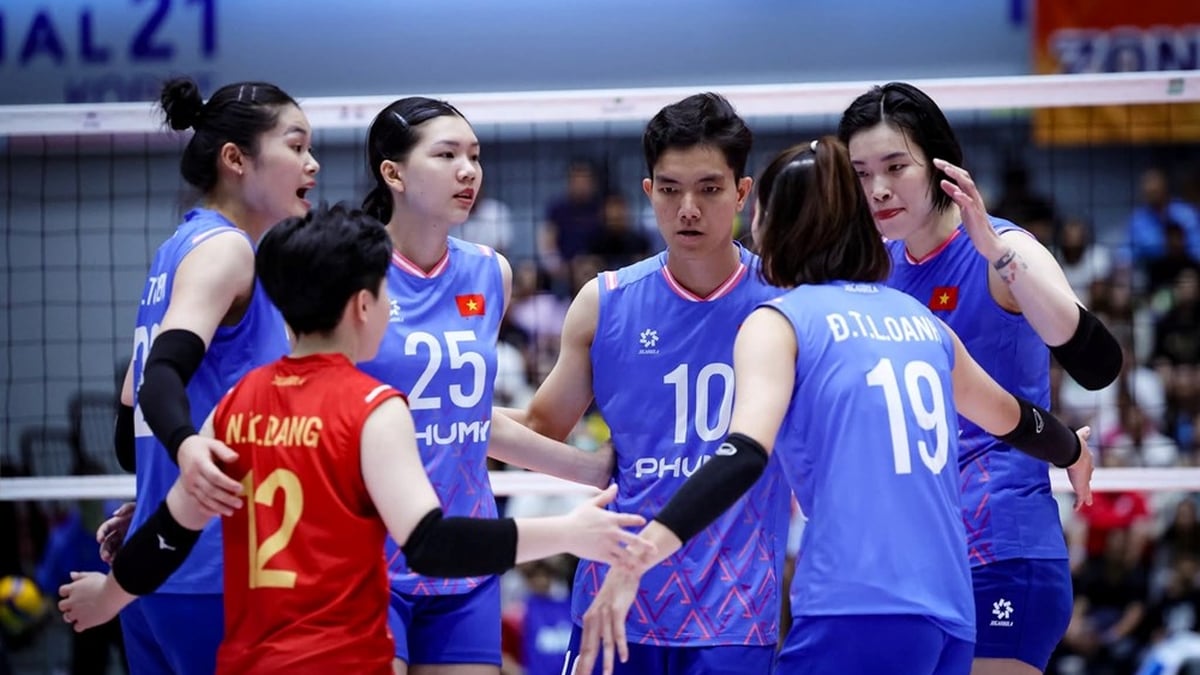






















































































Comment (0)